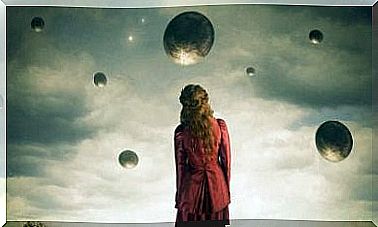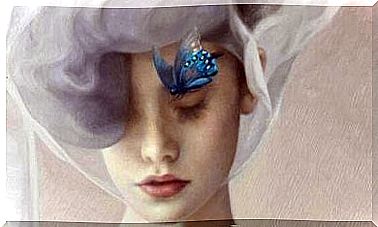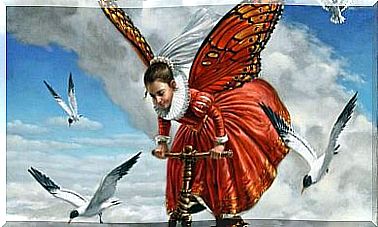The Fi Number Or Paradigm Of Harmony; The Golden Ratio.
It is already assured that Euclides, back in 250 sC, defined what the number fi was. Even if he called it something else back then or maybe he didn’t even give it a name, it is the “golden” or “divine proportion” number. To limit it, the twenty-first letter of the Greek alphabet was used already in the 20th century. They claim that it was named in honor of Phidias, a Hellenic sculptor whose works of art contained such beauty and proportionality that they adjusted to the exalted proportion that occupies us now.
What is the fi number?
It is an irrational algebraic number (infinite non-periodic decimal) with very interesting properties. It is not a unit that serves as an index, but a relationship or proportion that appears surprisingly with profuse frequency.
This relationship is found both in some geometric figures and in nature:
- In nature, it responds to the number fi, for example, the relationship between male and female bees in a hive. Also the agreement between the veins of the leaves of the trees, the arrangement of the flower petals, the arrangement of the seeds in sunflowers, the distance between the spirals of a pineapple, the distribution of the branches. And the leaves on a stem, to thus receive the maximum insolation, the inner curvature of snails or some cephalopods.
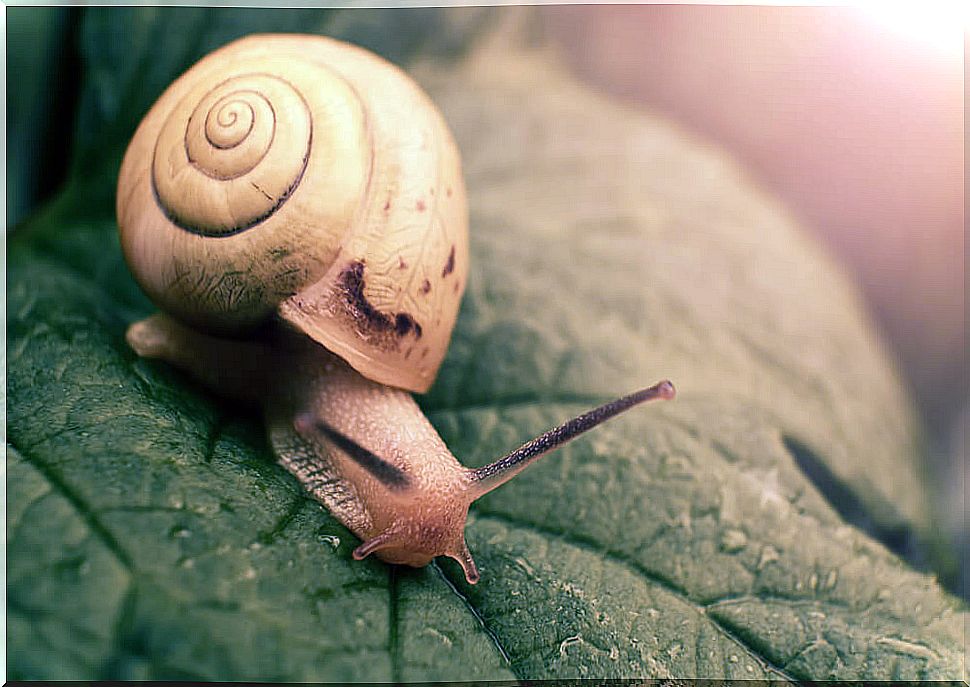
- But also in the human being there are multiple examples of this enigmatic proportion. The height of a human being and that of his navel, the one that exists between the external diameter of the eye and the inter-pupillary line. And between the diameter of the mouth and that of the nose. Between the height of the hip and that of the knee, between the distance of the shoulder to that of the elbows; or from elbow to fingers. Between the diameter of the trachea and that of the bronchi, and many other concordances.
The fi number and culture
The most beautiful human beings are the ones that gather the greatest number of these concordances. It is in the proportions of the bust of Nefertiti.
- It was Leonardo of Pisa, whom they called Fibonacci, an Italian algebraic and arithmetician from around 1200, who had an intimate relationship with the Arab culture in Algeria; who, presenting a study on the birth of rabbits, offered a sequencing whose later studies discovered the relationship that it had with the “golden section”.
But it is in art where the number “fi” acquires a more special nuance, something like an intensely mystical substrate.
- Phidias was commissioned by Pericles to build a temple in honor of the goddess Athena, on the Acropolis of Athens. The Parthenon has always been an example of balance, perfection and beauty. Well, Fidias used in its construction all the knowledge inherent to the “golden number”, both to fix the dimensions of the entire building and to locate its sculptural details.
The fi number, the golden ratio
Since then it has been a paradigm. In 1525, three years before his death, the great Renaissance painter Dürer, a passionate lover of mathematics, gave the world a precious work. This is the book “Instruction on measurement with a ruler and compass of flat and solid figures.” In it he shows us what was later called “Dürer’s spiral”, based on “the golden number”.
In his magnificent graphic work “La melancolía”, there are also multiple mathematical keys and metaphors. Its study and detail is a surprising confirmation of this. Its unusual properties are the main reason why the “Golden Section” has been accepted throughout time as divine in its compositions and infinite in its meanings. The Egyptians used it in the burial chamber of the pyramid of Cheops.
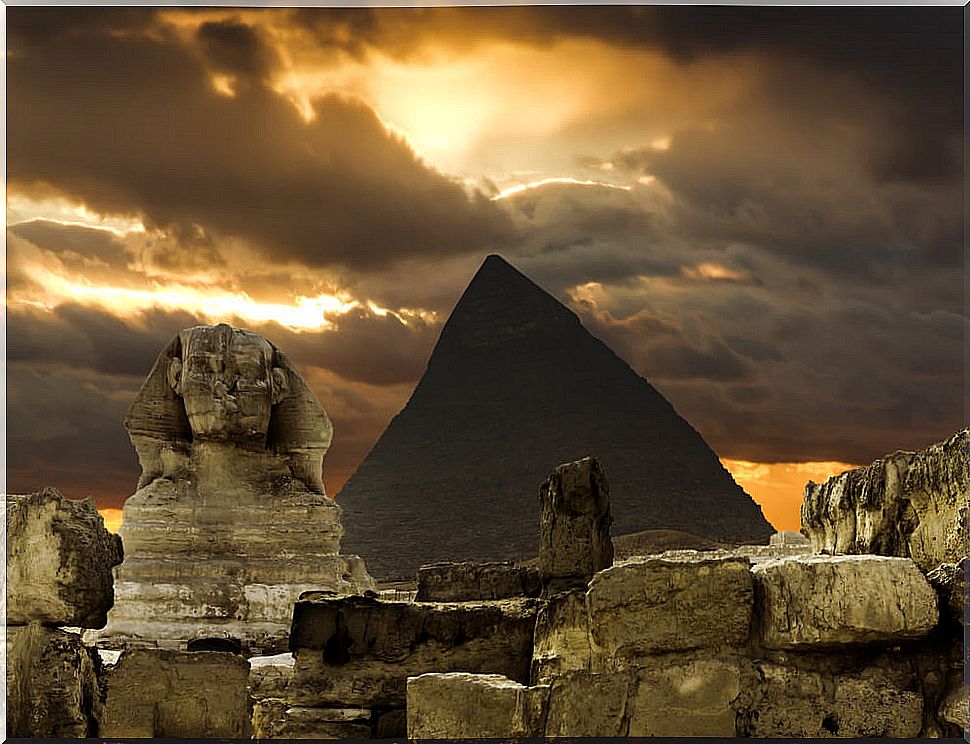
And the ancient Greeks believed that understanding this ratio could help draw closer to the Creator. God was in “the golden number.” Proportion was like the veiled formula that God used to create harmony, perfection, and beauty. The obsession to capture the ideal proportions that contain excellence has been a constant in artists, from antiquity to the present.
An excellent example is ” The Portrait of Giovanna Tornabuoni “, which reproduces with mathematical precision the developments of the sections used at the time. The master lines arrange with absolute geometric precision the rest of the elements that complete the composition. Ghirlandaio, its author, distributes the space through these forms.
In this way, it establishes the relationship between harmony and mathematical proportion.
- Two diagonal lines, crossed in a cross, center the figure and precisely frame the position of the bust.
- Other lines place the bottom cell.
- From them are born the three sides that close an equilateral triangle in which the author places the movement of the head.
- And from there trace the inclination of the nose in relation to the eye.
Mathematics becomes perfection, accuracy, harmony, balance, poetry. Surprising right?
“The Golden Ratio”. Euclid, Plato, Pericles, Vitruvius, Raphael, Michelangelo, Botticelli, Lucca Pacioli, Leonardo, Johannes Vermeer, Mozart, Corbusier, Velázquez, Debussy, Dalí, and an infinite number of creators and artists have used it. Rafael Alberti made him a poem. It is used in medieval cathedrals and on the spiral staircase in the Vatican.
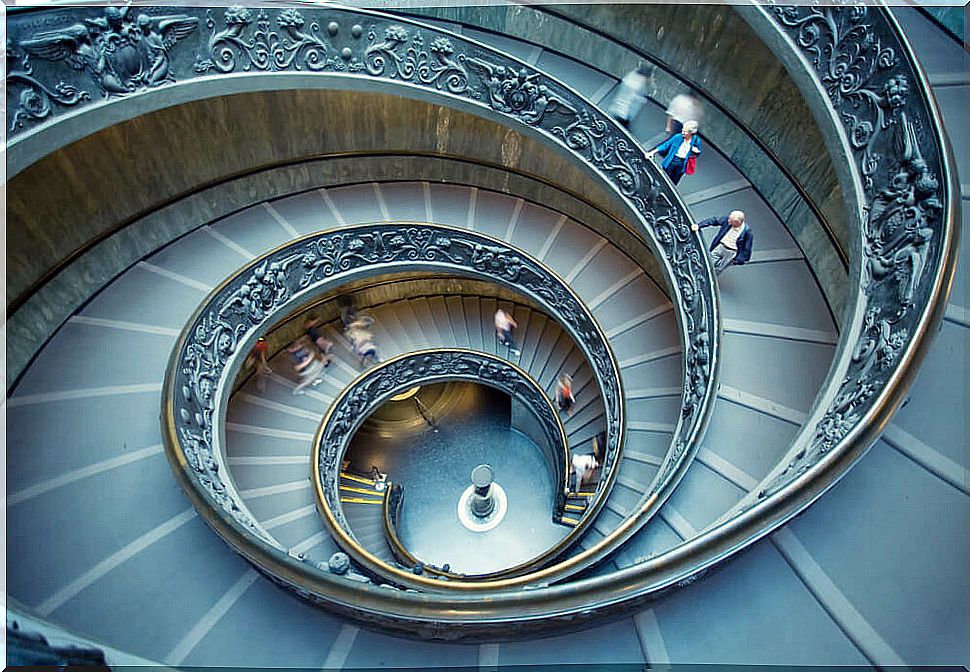
But it is also in such vulgar things as the most suitable sizes for photography, television screens, postcards, credit cards. It is even present in the structure of the incognito cosmos and they say that in the dynamics of the fearsome “black holes”.



